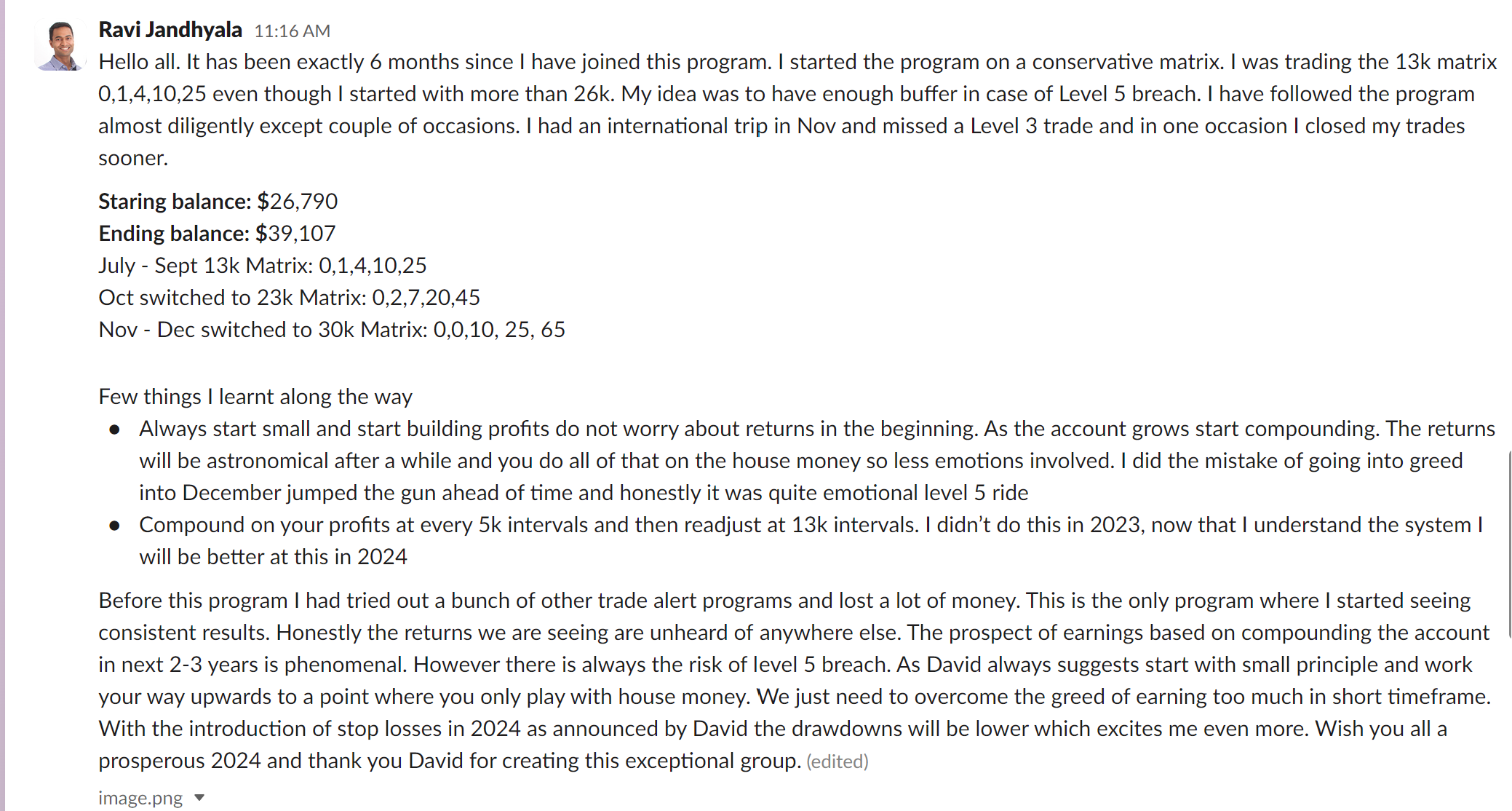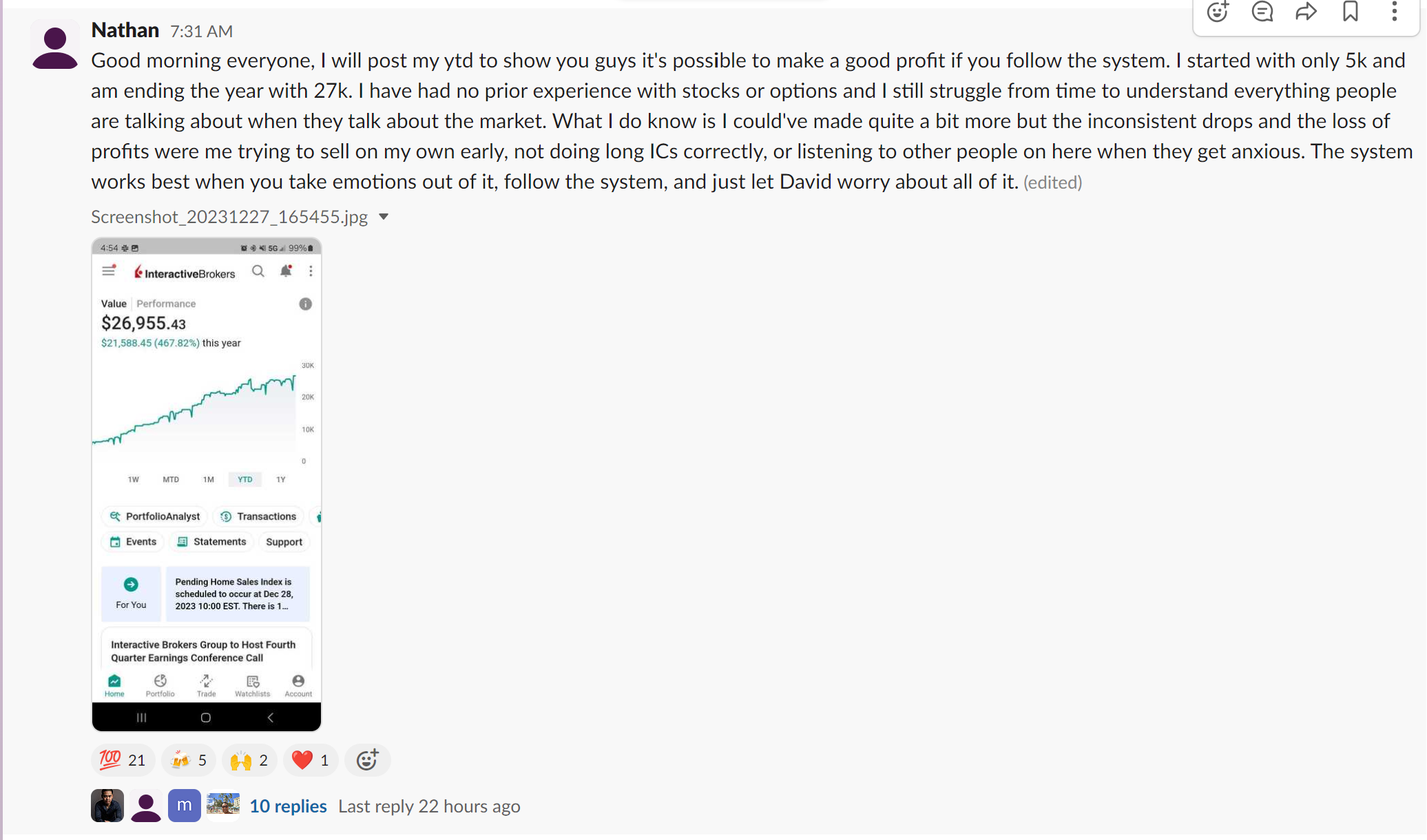When trading securities, it’s important to understand the bid-ask spread, the remainder between the highest price buyers are willing to shell out (the bid) and the lowest price sellers can agree with (the ask) for a given security. Three important facts to know about the bid-ask spread in SPX options trading include:
The Bid-Ask Spread Can Impact Your Trading Profits
The bid-ask spread can have a considerable impact on your trading profits. When you buy a security, you typically pay the asking price higher than the bid price. Similarly, when you sell a security, you typically receive a bid price lower than the asking price. This means that you’ll immediately experience a loss when you buy a security and a gain when you sell a security due to the bid-ask spread.
Say you buy 100 shares of stock with an asking price of $10.00 and a bid price of $9.80. If you immediately sell those shares, you’ll only be able to sell them for $9.80 per share, resulting in a loss of $20.00 or 2 percent of your initial investment. You’ll need to profit at least 2 percent on your next trade to break even.
To minimize the impact of the bid-ask spread on your trading profits, choosing securities with a narrow bid-ask spread is important. Securities with high trading volume typically have a narrow bid-ask spread, while securities with low trading volume typically have a wider one.
Market Conditions Can Influence the Bid-Ask Spread
Market conditions can influence the bid-ask spread. When there is high demand for security, the bid-ask spread may narrow, as buyers are willing to pay a higher price, and sellers are willing to accept a lower price. Conversely, when demand for security is low, the bid-ask spread may widen, as buyers are only willing to pay a lower price, and sellers are only willing to accept a higher price.
In addition to market conditions, the trade size can influence the bid-ask spread. Large trades may cause the bid-ask spread to widen, as they may exhaust the market’s liquidity. If you plan to make a large trade, be prepared to pay a higher ask price or accept a lower bid price.
Finally, the type of security in SPX options trading can influence the bid-ask spread. Some securities, such as stocks, have a narrow bid-ask spread, while others, such as options, may have a wider one. This is because options are more complex instruments that require more expertise to trade, which could affect the number of buyers and sellers in the market.
The Bid-Ask Spread Can Be Used to Gauge Market Liquidity
The bid-ask spread can be used to gauge market liquidity, the ease with which one can buy or sell a security without impacting its price. Securities with high liquidity typically have a narrow bid-ask spread, as many buyers and sellers are in the market.
By contrast, securities with low liquidity typically have a wider bid-ask spread, as fewer buyers and sellers are in the market. If you plan to trade security with low liquidity, you may need to be prepared to pay a higher ask price or accept a lower bid price.
In general, securities with high liquidity are considered less risky than securities with low liquidity, as they are easier to buy and sell. To minimize your trading risks, you should focus on securities with high liquidity.
Trade Better with InsideOptions
The bid-ask spread must be understood when trading securities. It can impact your trading profits, be influenced by market conditions, and be used to gauge market liquidity. Understanding these facts allows you to make more informed trading decisions and minimize risks.
InsideOptions’ Statistical-Based Trading Strategy, inspired by the renowned MIT Blackjack Team, can help you earn up to $300 daily cash flow. With an advanced series of trades, we have achieved an impressive 100 percent success rate since our inception. Watch some of our SPX options trading success stories by visiting our About Us page now!









